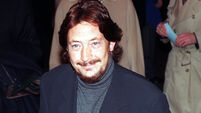The Brutalist: Felicity Jones on the Oscar-nominated epic... and its long run time
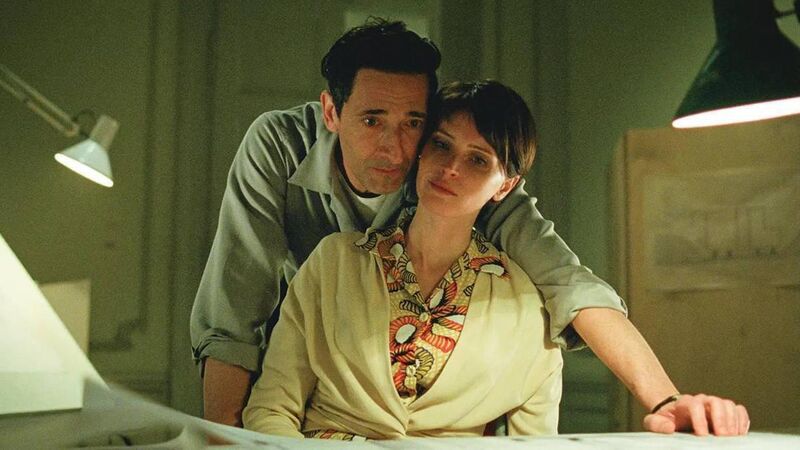
Adrien Brody and Felicity Jones in The Brutalist.
When it comes to films about male genius, you might fear the female characters will get relegated to a wafer-thin role. Not so in The Brutalist, the new Brady Corbet-directed epic film about a fictional Hungarian architect called László Tóth (Adrien Brody).
László is a man of huge talent, but the movie ensures his journalist wife Erzsébet (Felicity Jones) has as much complexity as her husband. As Jones tells The Examiner, the key to this was gender balance - the script was written by Corbet and his wife, filmmaker Mona Fastvold. “They were so keen for all of the characters to feel truly wondrous and strange and complex,” she enthuses.
When the film opens, László - who is Jewish - has survived the Holocaust and made it to America, where his cousin Attila (Alessandro Nivola) helps him begin a new life in the industrial city of Pennsylvania. It gradually emerges that László is a visionary Brutalist architect, skilled in designing minimalist yet intense buildings of stature. Wealthy businessman Harrison Lee Van Buren (Guy Pearce) gives him the opportunity to prove his talents, but such an opportunity could come at a personal cost, as he and Erzsébet discover.
It’s no surprise that the complex Erzsébet appealed to Felicity Jones, who is adept at playing steely characters. Her turn as Jane Hawking in 2014’s The Theory of Everything led to her first Oscar nomination, while she did a brilliant turn as Supreme Court Justice Ruth Bader Ginsberg in On The Basis of Sex in 2018.
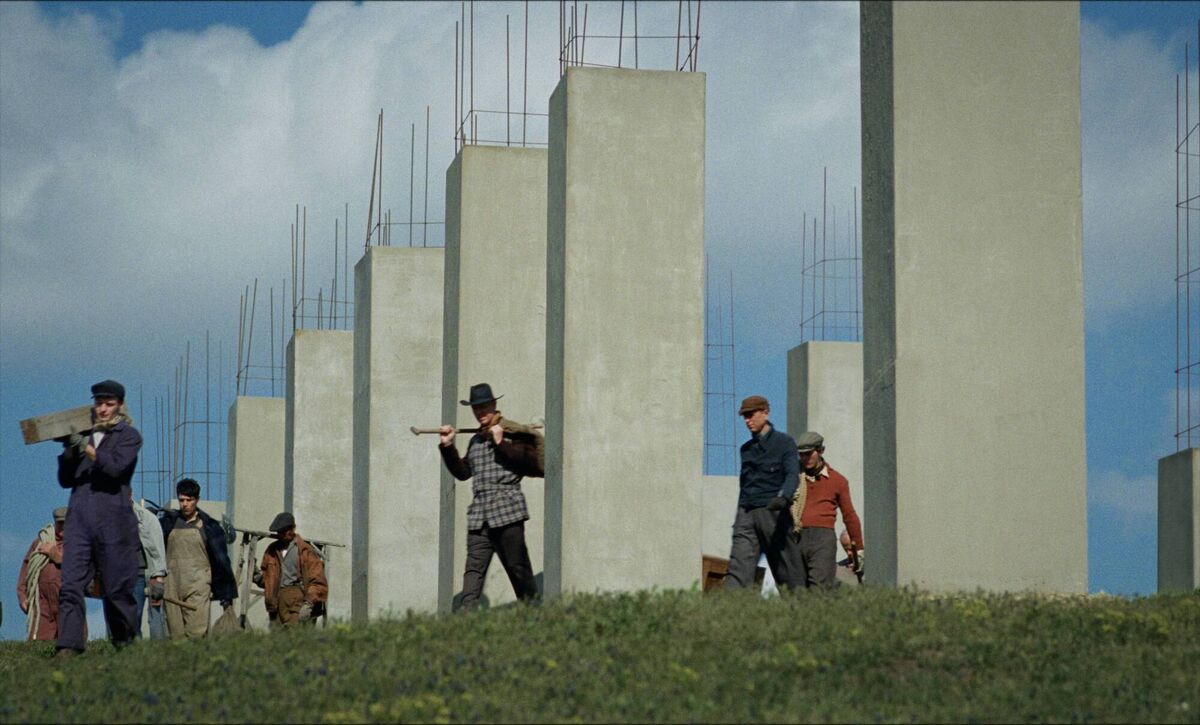
The Brutalist role wasn’t a straightforward one. An unseen Erzsébet haunts the first half of the film through letters to her husband, meaning Jones had to learn how to read Hungarian aloud (she listened to recordings of a Hungarian woman with a similar background to Erzsébet for research). She only physically appears in the second half of the film, when she reunites with László at a railway station.
“The stakes were very high for that scene, because not only was it very demanding emotionally that these characters haven't seen each other for eight years, but also in true Brady Corbet style, he wanted to get it in a single take, at a railway station where I imagine we had limited time to shoot there,” Jones tells the Examiner.
Glamorous but down to earth, the 41-year-old Birmingham native is a warm presence even over Zoom. “As an actor, that puts an enormous amount of pressure on you. But it's so special, that moment. It's almost the happiest moment that they have together.”
As their lives cycle through wins and losses, the audience gets to see how this affects both Erzsébet and László. Erzsébet’s experience doesn’t feel like an afterthought, which is down in no small part to the aforementioned partnership between Corbet and Fastvold. “I think that's the key, in many ways, to why the script was so sublime, and so you felt both a male and female mind at work on it,” says Jones, who has spoken previously about the need for more gender balance in Hollywood.
The Brutalist is former actor Corbet’s third feature film, following Vox Lux (2018) and The Childhood of a Leader (2015). With The Brutalist, he wanted to explore what happens when the American dream proves to be an illusion. “Brady and Mona never went for anything too pat or simple,” says Jones. For example, Erzsébet arrives in America with László’s niece, Zsófia (played by Raffey Cassidy).
“The obvious thing is ‘the husband and the wife and the daughter’. No, they made it the niece. So you have all these questions about László and Erzsébet: have they not been able to have children? It throws up all these unspoken complexities that [are] the key to making this film feel so unique.”
Erzsébet’s trauma during the Holocaust has manifested itself physically. “You see the malnutrition, and you can only imagine the depths of human degradation that she and László have seen,” says Jones. “You don't need it to be depicted. In fact, if it were depicted for you, it wouldn't be as depraved as it probably is. The power of the imagination is what gives the film so much weight.”
The Brutalist’s stunning visuals belie the fact it was shot for less than $10 million. Adding to its singularity is that it was filmed using large-format VistaVision, which fell out of favour in the 1960s. Its widescreen view makes the film feel visually gargantuan.
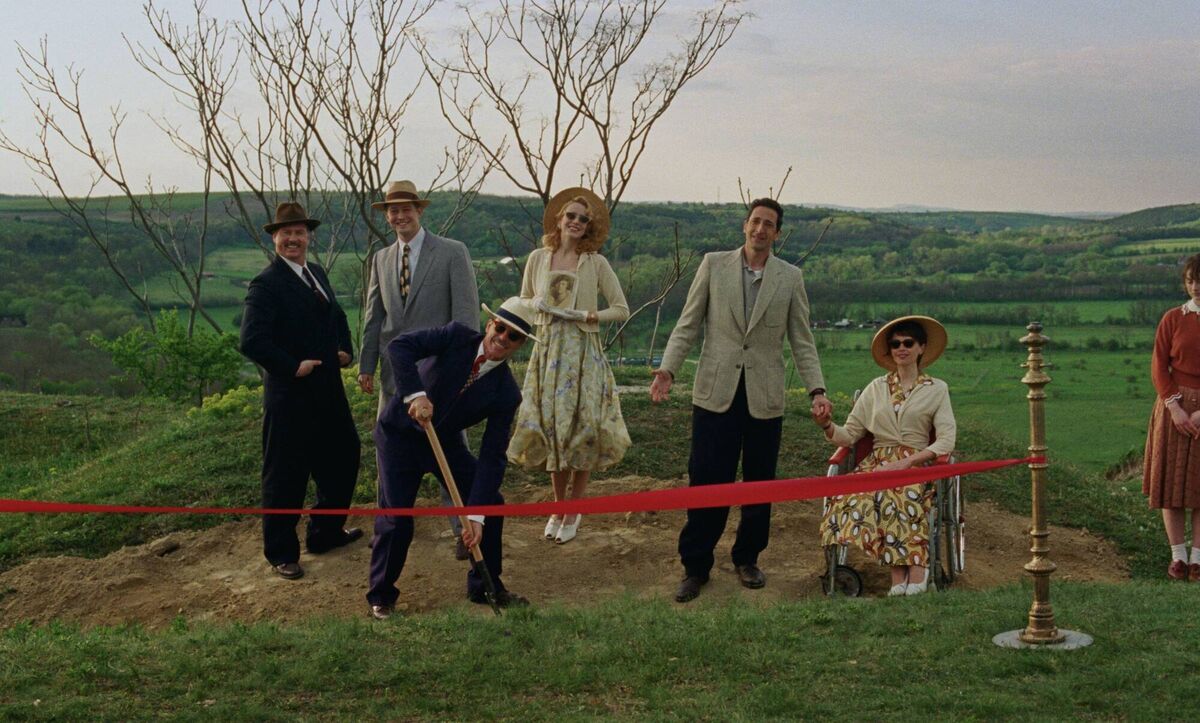
“It makes it magical. It makes it mystical,” says Jones. “I love the aesthetic of film. And also to be working on a film where performance was given such elevation and dignity. I remember thinking: Gosh, this is not gonna happen all the time. This is a pretty rare experience.”
The Brutalist’s 3.5 hour run time (including a 15-minute intermission) has garnered some grumbling, but when The Examiner asks Jones about her thoughts on this criticism, she gets exercised.
“I find it a bit strange everyone’s talking about the running time… at least it's good, and it's three hours,” she laughs, adding: “It's almost like everyone's forgotten that most films now are getting up to [longer lengths], whether it be a Marvel film or Scorsese. I mean, 3hrs 15 seems to be the average length.”
What does knowing a film will be over three hours mean for an actor during filming? “I guess, in a subconscious way, that you trust the filmmaker and that you have to luxuriate, because it is a piece of artwork. The film is not being made for huge commercial gain, so therefore I think there is a little bit of relaxation in that,” she says.
But she adds: “I guess I'm quite hardened in that I don’t quite know how a film is going to turn out… I have to distance myself a bit once I've done the acting part.” That’s wise: famously her co-star Brody once discovered his large role in the 1999 Terence Malick film The Thin Red Line had been cut to five minutes of screentime, leading to “potential career disaster”, as he put it to GQ Magazine recently. (He went on to win an Oscar for his role in The Pianist in 2003.)
The film has received Oscar nominations, including Jones' first Oscar nod in a decade. Jones is less tuned into what that means for her and more to what it means for The Brutalist - huge in scope, intense in theme, and epic in scale - to be recognised by the industry. “It's hard because you don't even think about awards when you're making something, you're so focused on what you're doing,” Jones says with a smile.
“But it feels with something like this that is so uncompromising that it's having that reception - for some reason it feels really important. It feels really fortunate that it has had this response. Because works of art don't always get understood in the time that they're made. So it's been magical.”
- The Brutalist is in cinemas from Friday 24 January
Felicity Jones started her acting career at just 12, and one of her most significant roles was as Catherine in the 2007 TV film adaptation of the Jane Austen novel Northanger Abbey. Jones has said it showed her she could make a career on screen.
Notably, it was filmed in Ireland, with Dublin standing in for 19th century Bath and Lismore Castle in County Waterford becoming the titular Abbey. What does Jones remember from that time?
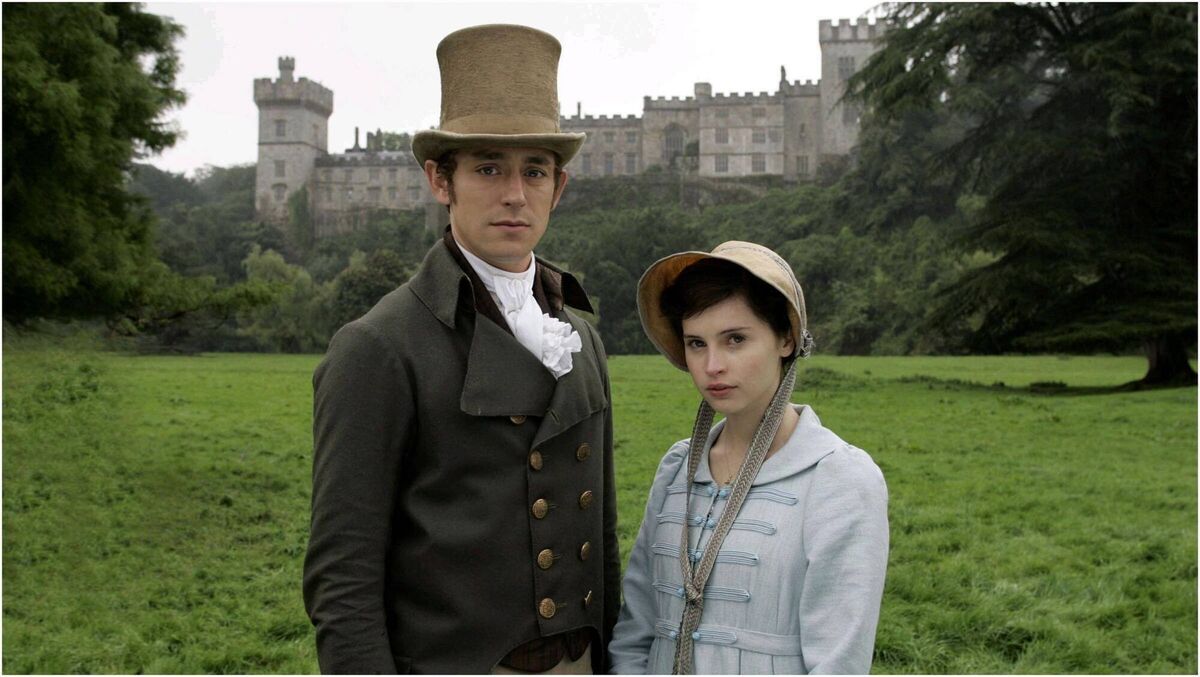
“I remember we were shooting in Wicklow,” she says, and though she initially stumbles over the county’s name, she is full of praise for the east coast. “We were in all these very pretty country houses along that coast, and it was just absolutely, absolutely stunning. It's a beautiful part of the world.”
Yet it turns out she hasn’t returned to this country. “I'm looking forward to going back to Ireland,” says Jones. “I haven't been since then, and I'm really keen to go and explore more, because it's such a beautiful, beautiful part of the world. It was a great experience.”

